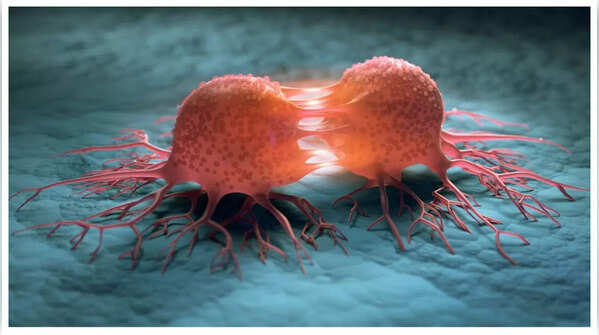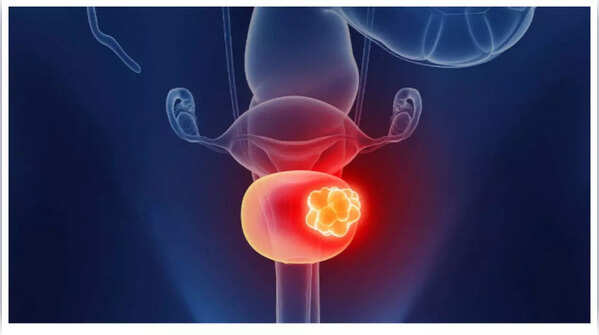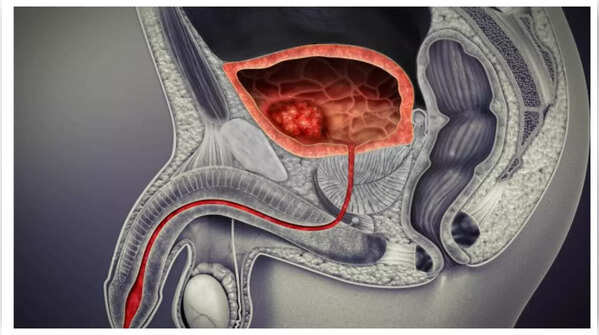Bladder cancer, characterized by the formation of cancerous cells within the bladder tissues, affects more men than women, particularly those over 55. While blood in the urine is often cited as the primary and most critical indicator, other less conspicuous symptoms can easily be dismissed in the initial stages. Recognizing these subtle signs is crucial for early detection and intervention.

An early indicator of bladder cancer can be an unusual increase in the frequency of urination. This might manifest as needing to urinate more often, even without increased fluid intake, or experiencing a sudden, intense urge to urinate despite the bladder not being full. The symptom is frequently mistaken for a urinary tract infection or overactive bladder.
Persistent changes lasting for weeks, especially when coupled with other symptoms, warrant medical evaluation to rule out irritation or abnormal growths within the bladder.

Experiencing pain or a burning sensation during urination is another symptom that can be easily confused with common infections like UTIs. However, bladder cancer can cause inflammation or irritation of the bladder lining, resulting in discomfort during urination.
Unlike typical UTIs that respond well to antibiotics, pain associated with bladder cancer may persist or recur after treatment. If painful urination is accompanied by other symptoms like blood in the urine or frequent urination, seeking medical advice is crucial.

Bladder cancer can sometimes create a persistent feeling of needing to urinate, even when the bladder is nearly empty. This sensation can be frustrating as it provides no relief after urination. It is often mistaken for a UTI due to the similarity in symptoms.
Tumors or abnormal growths in the bladder can irritate nerves or reduce bladder capacity, sending false signals to the brain. Prompt medical evaluation is necessary if this feeling persists or worsens, as it may indicate bladder abnormalities, including cancer.

While early-stage bladder cancer may not cause pain, discomfort or aching in the lower back or pelvic area can arise as the disease progresses. This pain is often dull and persistent, easily mistaken for muscle strain or other common conditions.
Pain in these areas can indicate that the cancer has spread deeper into the bladder wall or nearby tissues. It is crucial not to ignore unexplained lower back or pelvic pain, especially when accompanied by urinary symptoms.

While visible blood in the urine is a well-known symptom, urine may sometimes appear normal yet contain small amounts of blood detectable only through lab tests. This is known as microscopic hematuria, and might only present as a slight discoloration rather than the more obvious pink or red.
The absence of obvious signs like red or pink urine means that microscopic blood in the urine often goes unnoticed unless a urine test is performed for other reasons. Regular urine tests are advisable for individuals with risk factors like smoking, exposure to harmful chemicals, or a family history of bladder cancer, as they can help detect these hidden signs early.
Sources: Mayo Clinic, Cleveland Clinic, The National Cancer Institute

Preventive measures against bladder cancer include cultivating healthy habits like regular exercise, proper hydration, and a balanced diet.

Adopting a nutritious diet contributes significantly to a long and healthy life, reducing the risk of major health complications.
Newer articles
Older articles
 India Enters New Space Age as Astronaut Shukla Joins ISS Mission
India Enters New Space Age as Astronaut Shukla Joins ISS Mission
 X Cracks Down: Half a Million Indian Accounts Suspended for Policy Breaches
X Cracks Down: Half a Million Indian Accounts Suspended for Policy Breaches
 Google Unveils Strategy to Combat Misinformation, Boost Voter Access in India's 2024 Elections
Google Unveils Strategy to Combat Misinformation, Boost Voter Access in India's 2024 Elections
 Hair Oil vs. Hair Serum: Which is the Right Choice for Your Hair?
Alternatively:
Unlock Your Best Hair: Choosing Between Hair Oil and Serum for a Healthy Mane
Hair Oil vs. Hair Serum: Which is the Right Choice for Your Hair?
Alternatively:
Unlock Your Best Hair: Choosing Between Hair Oil and Serum for a Healthy Mane
 Vijay Sethupathi Apologizes Amid Controversy Over Son's Film 'Phoenix'
Vijay Sethupathi Apologizes Amid Controversy Over Son's Film 'Phoenix'
 Bollywood's 'Swades' Anthem Joins Axiom-4 Mission: Indian Astronaut's Playlist Honors Heritage in Space
Bollywood's 'Swades' Anthem Joins Axiom-4 Mission: Indian Astronaut's Playlist Honors Heritage in Space
 New York Assemblyman Zohran Mamdani's Style: 5 Lessons in Authenticity and Heritage
New York Assemblyman Zohran Mamdani's Style: 5 Lessons in Authenticity and Heritage
 Colon Cancer: Don't Ignore These 5 Early Warning Signs
Colon Cancer: Don't Ignore These 5 Early Warning Signs
 TSMC Regains Top 10 Global Value Ranking Amid AI Boom
TSMC Regains Top 10 Global Value Ranking Amid AI Boom
 Android Users Urged to Update Devices Amid High-Severity Security Flaws: Government Issues Warning
Android Users Urged to Update Devices Amid High-Severity Security Flaws: Government Issues Warning